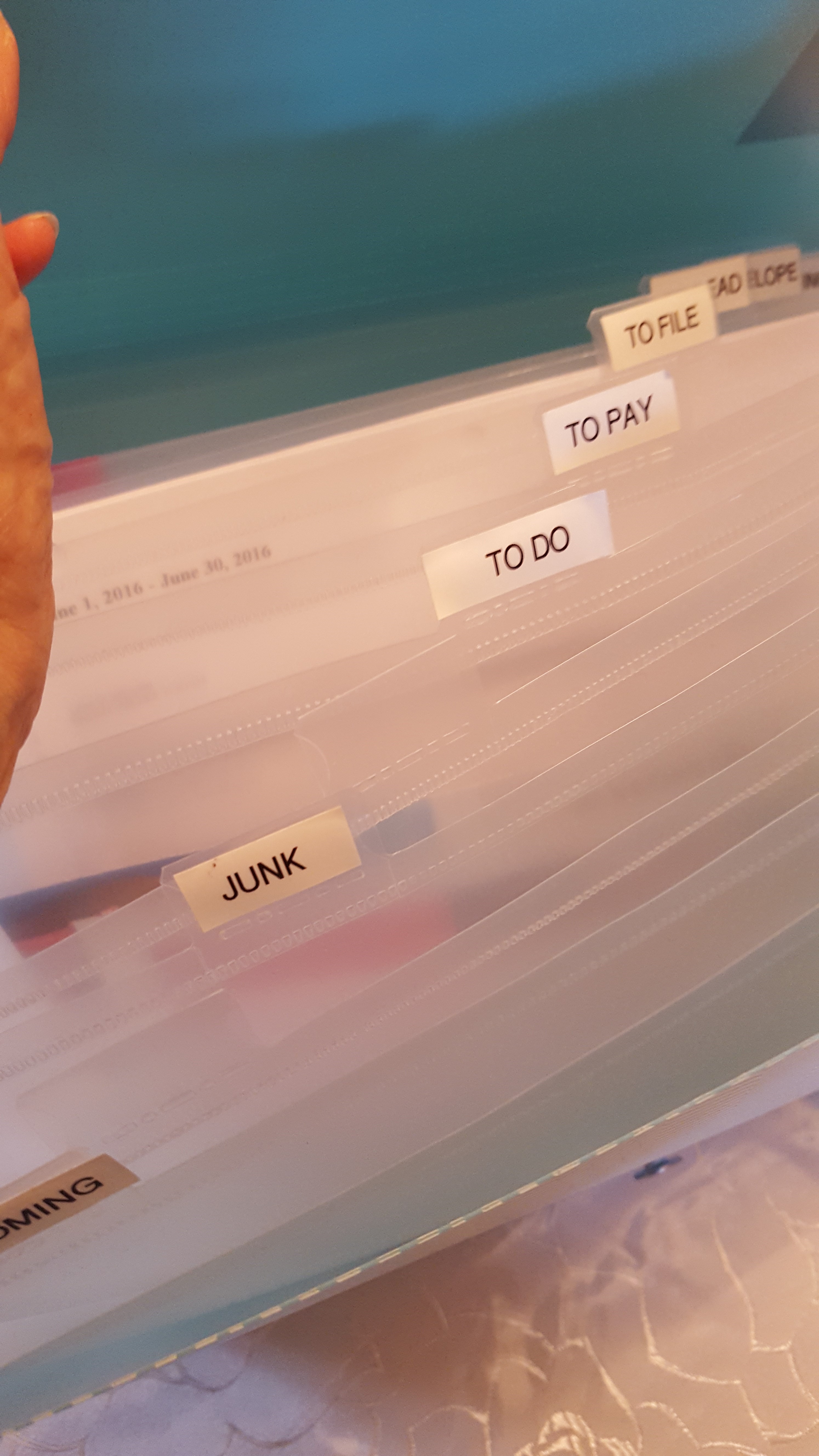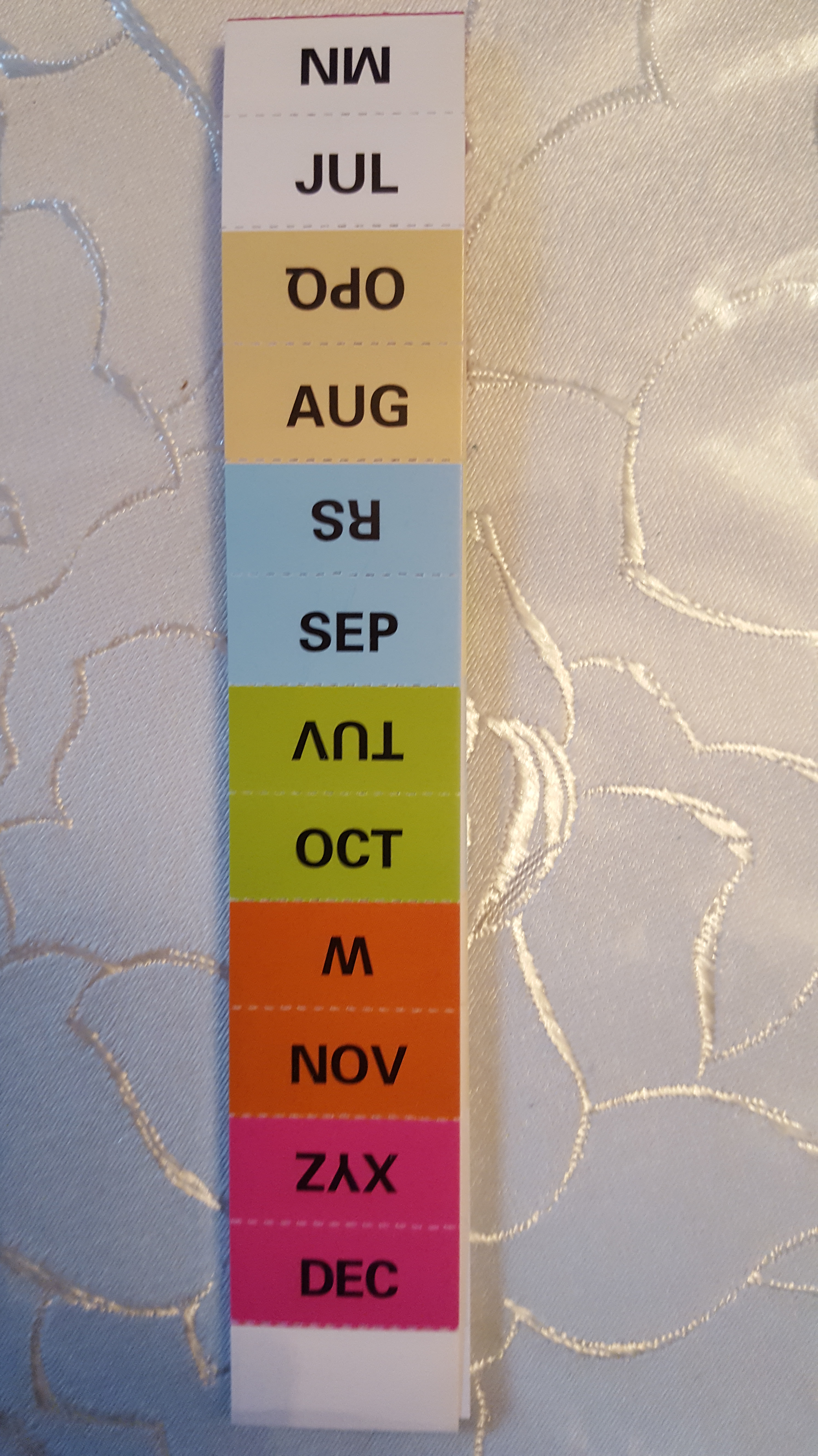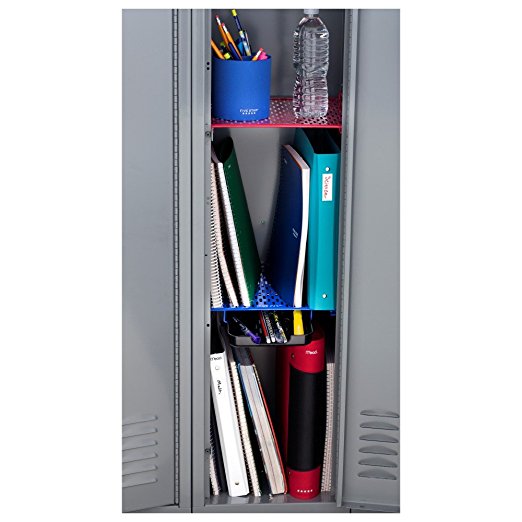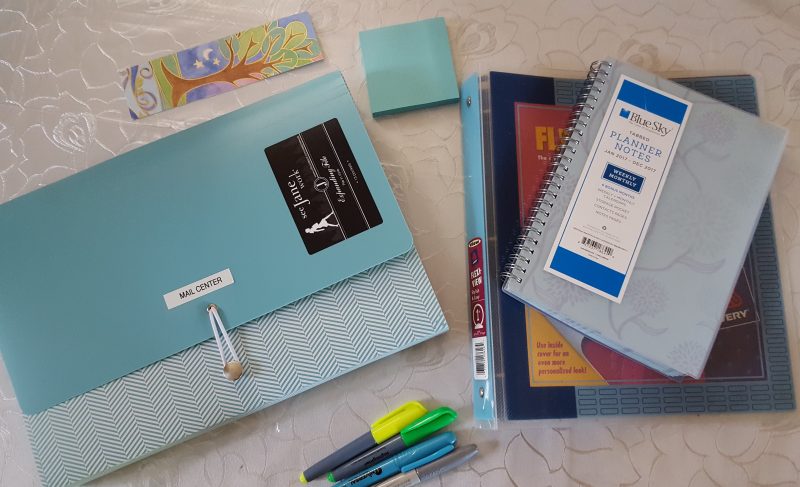Many kids find staying organized difficult, and this is particularly a challenge in school. In middle school when classes become departmentalized and your child suddenly has eight to ten classes, the challenge becomes even greater.
Some kids are naturally organized and are able to navigate the many demands of school with ease. If you have one or more children that don’t fit into this category, then read on.
If your child will be making the jump to middle school this year, help prepare him by talking to him/her about the challenges that he/she may face. Let him/her know that there will be more papers to keep track of, nightly assignments in different subjects and deadlines to meet.
Explain that there are many ways that can help him/her to stay organized and here are some options:
I have found that kids who struggle with organization can truly benefit from having a few important tools in their arsenal.
A Good Daily Planner to Keep Assignments Organized
Even a good tool is only effective when it is used consistently and the user has been taught how to use it well. A planner is essential for all kids, not just those that struggle with organization. Teach your child to write down assignments as they are assigned each day.
Some teachers have the wonderful practice of having the homework on the board before class starts. Teach your child to write the homework in his planner as s/he comes into class. S/he will be ahead of the game and will not risk forgetting to write down assignments.
Other teachers assign homework at the end of class. Kids who struggle with organization find this very difficult. As the bell rings, kids get up to leave and it is confusing for them when teachers now assign homework . Teach your child to make sure that he has written the homework in his planner before s/he gets up to leave.

Train Your Child to Use Tools Efficiently
Show your child how to write homework and assignments down in the planner. S/he can write the assignments for each subject on each day of the week according to the date. A good planner has a monthly calendar as well as a section for each day of the month. The example above shows how to write homework down for each day.
You can get a planner that many parents are happy with here. This planner has the advantage of having holes punched through the entire planner and can be secured in the loose leaf binder rings. It also has the four core subjects already listed with room to write in other subjects . It includes lots of other useful information for students.
Train your child to bring his binder home every night. Because the planner is secured in the binder, it will never get lost or left in school. Establish a routine so that s/he puts his/her binder in his/her backpack when s/he had completed homework each evening.
I always bought the Jansport backpacks for my kids because they withstood the beatings that my kids dealt them. Teach your child to load his backpack with all of his homework before he goes to sleep. Have him check his/her planner once again and place his backpack where it is easy to grab in the morning.
The school binder is another important element that helps kids stay organized. Take the time to help your child set up a binder with dividers for each subject. Binders that have zippers like this are helpful for kids that need that extra protection to keep things in order. Papers can become loose over time and a zippered binder keeps them from falling out. Make sure to send a supply of page reinforcement labels to school to repair torn loose leaf pages.
The Accordion Folder
Probably the most valuable tools for kids that struggle with organization is the accordion folder. I have recommended this to parents again and again and it has literally worked miracles in helping kids stay organized. I actually use one of these folders for my mail center. These folders are great when students have to keep track of many different worksheets and handouts from different subjects. Here is a picture of what an accordion file looks like on the inside.

Most accordion files have enough pockets for every subject as well as sections for forms that need to be signed and any other category that your child might need. Some folders come with pre-printed tabs (below). Each tab can be labeled (like dividers in a binder) for each subject. I made my own tabs to suit my needs with a label maker like this. Show your child how you are labeling each section and that all loose papers and handouts that s/he receives should be placed in the appropriate section.

Set a time once a month to remind your child to empty out all papers that s/he no longer needs. This will ensure that the system runs efficiently. It is a great tool but monitor your child for the first couple of months to make sure that s/he is actually following through. Parents that take the time to make sure that kids are using the system, will see success.
Here is an accordion file like the one above that is padded to hold up to the wear and tear of the school year. This one tool has kept many children organized and on top of their game because it has a place for any paper that they need to keep track of. The binder is used exclusively for note taking and the accordion folder is to hold any handouts, loose papers or homework sheets.
Monitor Your Child Until S/he is Comfortable with the Routine
All of the above tools will go a long way to helping your child stay organized. Monitor your child during the first month or two of school until your child is familiar with his new routines and system. The beginning of middle school can be overwhelming for all kids and even more so for those who struggle with organization. This system can be used by all children in any grade.
Locker Organization
Many children have difficulty with locker organization. Books, folders, water bottles and food become a messy array, and important papers become lost in the jumble. I have helped many kids dig themselves out of an avalanche of stuff in their lockers.
Schools often request an entire year’s list of supplies and parents send them all to school on the first day. Don’t! This is setting your child up for disaster. In addition to books, folders and personal items a child has to navigate 100 pencils, 15 glue sticks and a myriad of additional items that he doesn’t need now. Keep the supplies at home, and check in with your child once a month to see what s/he may be missing.
Locker organizers can also help keep books and supplies in order. Sturdy magazines holders like this can keep books in order in the locker. You can also maximize space by using shelves that double locker storage. Some kids will need help with this system, so try to stop into school every few months to reorganize as needed.

Set Homework Time
Probably the most helpful tips for keeping your child organized is to set a time for homework each night. When kids come home from school they need time to relax, dinner and time for baths etc. With so much to do it is essential to fix a time for homework each night. Having a set time before dinner or after, will avoid breakdowns and keep you child on top of the game.
Some kids have games or activities after school and this can be a challenge. Perhaps your child can do homework in the 20 minute break between the end of school and the game. The important thing is to sit down with your child, let him know that homework is a priority and together find the time that works with your child’s schedule.
Implementing these tips may take time but, with perseverance, you will see a more organized and productive school year for your child. Keep checking in with your child until you feel that s/he has developed these habits.
Wishing you and your children a successful organized school year! I hope that you have found these tips helpful. Please comment below about any challenges you have with keeping your kids organized and I will try to address them. Let me know what you would like me to write about. Best of luck!






Leave A Comment